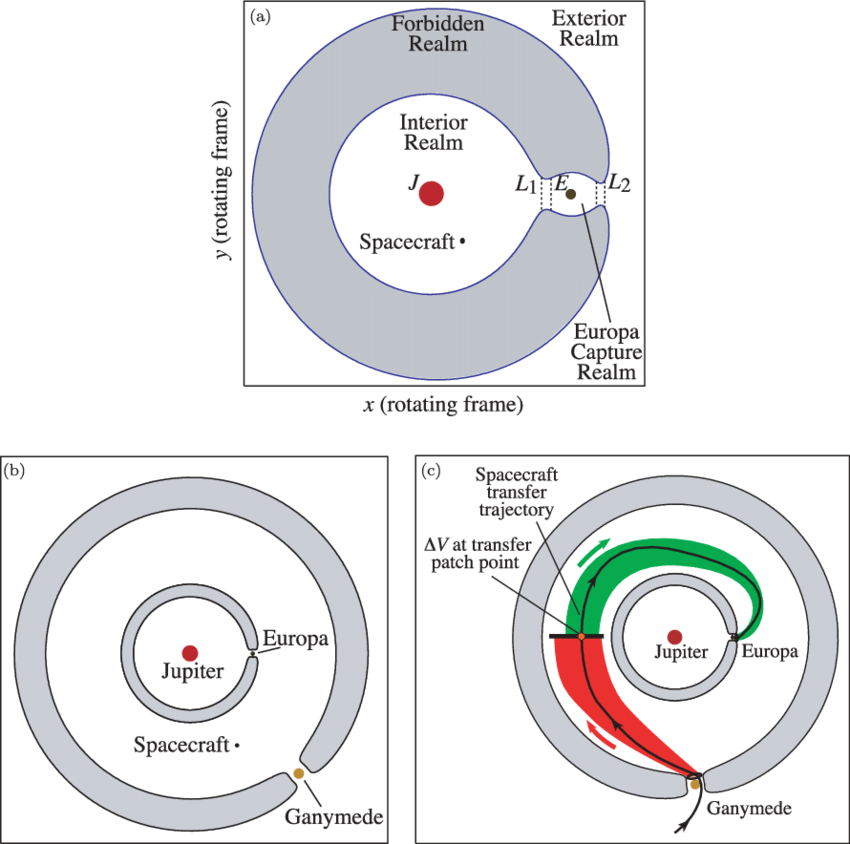As mentioned already, the motion of two bodies can be reduced to a single body problem. In spaceflight, the assumption that your satellite is massless can basically always be made. The distinction is mostly whether you model the motion of your spacecraft as being attracted by one or two bodies.
Of course, regardless of whether you are using a single central body or a three-body problem (CRTBP or general three-body), if you need more precision, perturbations are added to the main dynamics of the system.
The reason why you would choose one over the other is that for some desired trajectories, the dynamics are simply not present in the central body model.
The simplest case where central body gravity is not sufficient is of course any kind of three-body orbit, such as halo or lissajous orbits around one of the libration points.
Now I arrive at your last point. Are three-body dynamics only used for these kinds of orbits? The answer is of course no. There are many more examples where the use of three-body dynamics is required.
One of the most important uses of three-body dynamics is patched 3-body trajectories. These are trajectories generated in the same way as the more commonly known patched conics trajectories but can utilize three-body dynamics to arrive at much more efficient trajectories. The basic idea is splitting up the trajectory into parts where different bodies are considered the main attractors. One such trajectory could be a transfer from LEO to the Sun-Earth L1 point, via the Earth-Moon L2 point. The method makes use of so-called stable and unstable manifolds. These manifolds are sets of trajectories leading respectively towards or away from the libration points.

For a trajectory to Sun-Earth L1 as described, the idea is to deliver the spacecraft from LEO to the stable manifold leading towards Earth-Moon L2, then enter the unstable manifold leading away from L2 in the other direction, stay on that manifold until it intersects with the stable manifold towards Sun-Earth L1, and then performing a manoeuvre to enter that stable manifold. At the time of the manoeuvre, the dynamics are switched from Earth-Moon three-body to Sun-Earth 3-body, much like you would switch in the patched conics approach once you enter the sphere of influence of another body.
Apart from these energy efficient transfers, the patched 3-body approach can also be used to calculate for example energy efficient tours of the Jovian system, where the dynamics are constantly switched between systems consisting of Jupiter and either of the Jovian moons you want to visit. See the image below for an example of one such visit.
Both images for the patched 3-body approach are taken from Connecting Orbits and Invariant Manifolds in the Spatial Three-Body Problem by Gomez et al.



